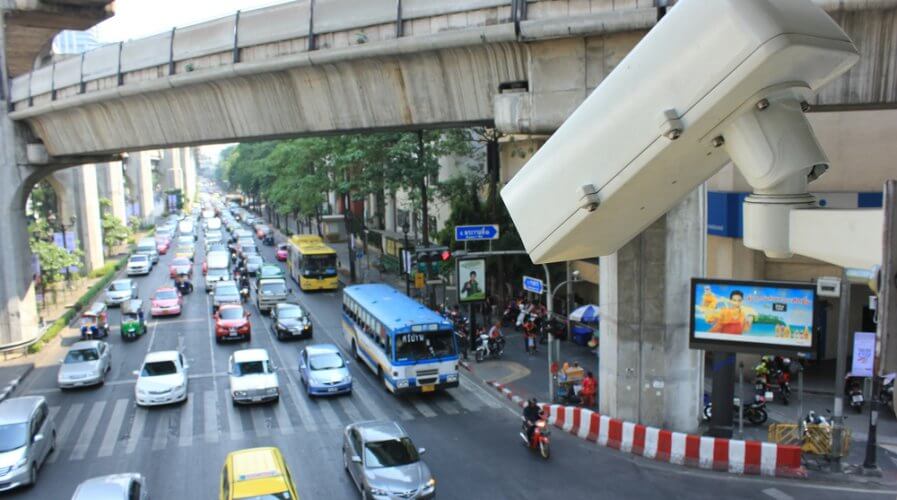
Surveillance cameras are everywhere generating tons of data – so why aren’t we using it yet? Source: Shutterstock
Driving business decisions with smart video
SURVEILLANCE cameras have an increased presence in the world. From CCTVs at retail stores to body cams worn by law enforcement officers, connected cameras are widely used across society.
While connected cameras primarily provide security, they also generate a huge amount of visual data, which is highly valuable to businesses looking for insights.
This is why businesses should use smart videos applications. More than just capturing images, cameras need to analyze the data in real time.
According to IHS, video surveillance cameras installed in 2015 generated over 566 petabytes of data in one day. For context, you’d need more than 126 million DVDs to store that amount of data.
Smart videos incorporate artificial intelligence (AI) and big data algorithms into existing video surveillance systems. The algorithms analyze the context of data captured, to derive insights and generate predictions in real time.
If this sounds familiar, it’s because the concept is a form of Internet of Things (IoT). However, typical cloud-based IoT has a major drawback – it is highly reliant on a strong network connection.
Today, there are cameras at the network’s edge that are fitted with powerful computing and storage, allowing for analysis to be done locally on the devices. This means the data is processed immediately, without being affected by network availability or latency.
Drawing on some potential use cases, cameras can feed data into smart city grids, to help manage traffic or coordinate evacuation procedures.
Retailers can draw on the data to determine the demographics of customers that shop at a particular store, and items that are popular amongst customers. Smart video can also be used in malls to identify lost persons.
In an agricultural setting, drone surveillance can help diagnose vegetation health, determine yield, track livestock, etc.
Smart video can even be used to help parking space management identify areas of congestion, possible obstructions, peak hours of operations, and more.
As industries develop, there are going to be more use cases of smart videos. Cameras are already in place, generating and storing mass amounts of data.
Putting them to good use will help improve businesses make informed decisions based on data-driven insights.
READ MORE
- Ethical AI: The renewed importance of safeguarding data and customer privacy in Generative AI applications
- How Japan balances AI-driven opportunities with cybersecurity needs
- Deploying SASE: Benchmarking your approach
- Insurance everywhere all at once: the digital transformation of the APAC insurance industry
- Google parent Alphabet eyes HubSpot: A potential acquisition shaping the future of CRM




